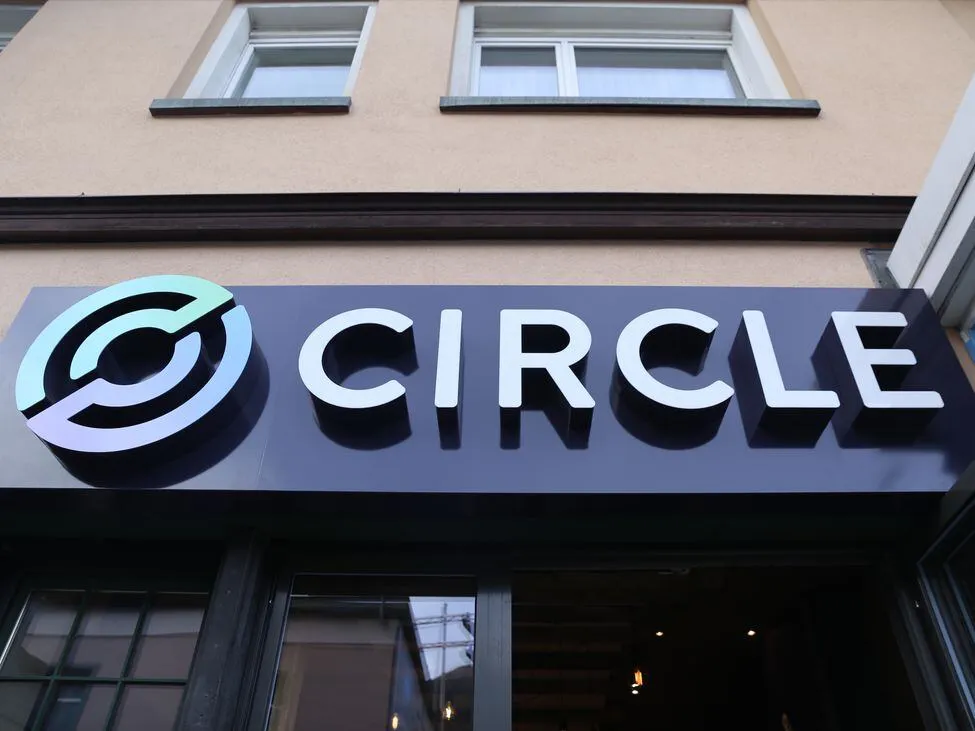Circle has become the first global stablecoin issuer to secure an Electronic Money Institution (EMI) license. This enables the company to offer its USDC and EURC stablecoins within the European Union (EU) under the Markets in Crypto Assets (MiCA) regulatory framework.
The EMI license, granted by the French banking regulatory authority, allows Circle to issue its euro-denominated EURC stablecoin and the dollar-pegged USDC from the same entity.

Circle Mint France will handle these operations, ensuring compliance with the new regulations that took effect on June 30. This development positions Circle to capture a huge market share in the 27-nation trading bloc, which includes 450 million people.
Circle’s position in the market
Circle’s USDC, valued at $32 billion, is the second-largest stablecoin, trailing behind Tether’s USDT, which stands at $110 billion. The gap between these two market leaders has been widening, but Circle’s new license may help it gain ground.
The MiCA regulations were prompted by concerns over big tech companies like Meta entering financial markets with initiatives like Diem, formerly known as Libra.
This led to five years of policy development in Europe. Circle’s head of policy, Dante Disparte, who was involved in the Libra project, highlighted the importance of these regulations. Disparte stated:
“MiCA is both vindicating of the industry and its permanence, but it’s also clear that there are no more shortcuts, at least not in the third-largest economy in the world. Gone are the days where you could operate in a regulatory haven or in the shadows.”
Before MiCA’s stablecoin rules took effect, some crypto exchanges delisted euro-denominated stablecoins like Tether’s EURT. Circle’s compliance with these new rules could lead to more stability and trust in the market.
Meanwhile, Binance, the largest crypto exchange in the world, has said that USDC will continue to be available across most of its product offerings, including Convert, Earn Products, Binance Loans, and VIP Loans.

Additionally, USDC can still be used as collateral, and referral commissions or rebates for Spot and Margin will be paid in USDC. Most rewards across the platform will also transition to USDC.
Binance added that users will see minimal disruption, as USDC purchases with fiat currency and credit card through the “Buy Crypto” page remain available. Margin and P2P trading involving USDC also remain unaffected.
CEO Jeremy Allaire’s reflections
Jeremy Allaire, CEO of Circle, expressed his satisfaction on Twitter, highlighting the company’s journey and vision. He said:
“Some 11 years ago when we started Circle, it was with a clear vision that blockchain networks would make it possible to issue fully-reserved fiat digital currency that could operate on open and interoperable public networks, enabling a transformation in value exchange similar to the transformation that open networks brought to information publishing and communications.”
Allaire also noted the early challenges and milestones, including the need for blockchain technology to evolve and for new policies and laws to be established globally.

He further reflected on the growth of USDC, stating, “USDC grew 1000% two years straight, from 400M to 4B to 40B, and the infrastructure around crypto matured rapidly as well, with the advent of 3rd generation blockchains and the rise of onchain finance and payments.”
Jai Hamid





